
How to Choose Pad Mounted Transformer?
Table of Contents Selecting the right pad-mounted transformer requires careful consideration of several critical factors, as these ground-mounted distribution transformers play a vital role
ELECTRIC, WITH AN EDGE
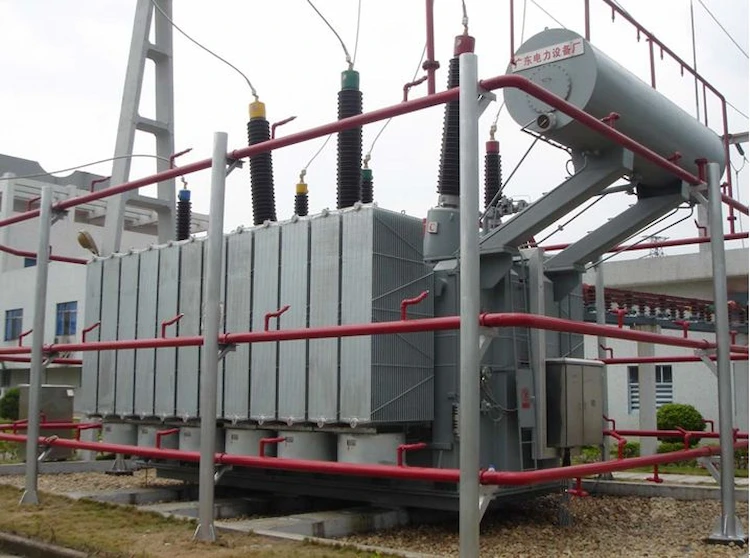
The on-load tapping switch is a key part of the 220kv transformer device. When the voltage in the power grid system changes according to the working conditions, the on-load tapping switch can implement the voltage regulation operation according to the size of the load, thereby improving the quality of the power supply.
The electric operating mechanism is an important part of the on-load voltage regulating switch device. During the operation of the power grid, the mechanism will inevitably have a series of failures.
If it is not found and eliminated in time, the transformer equipment will not be able to perform normal voltage regulation, which will bring hidden dangers to the operation of the power grid system and seriously affect the safe and stable operation of the power grid system.
The voltage parameter is a key evaluation index to evaluate the final quality of the power supply project, especially the size of the voltage deviation during the power supply process.
Usually in some areas of the distribution network system, the supply voltage is relatively low.
In this case, not only will it affect the daily electricity consumption of electricity customers, but it may also cause a decrease in the efficiency of electrical appliances.
For the stable operation of production equipment and the final quality of industrial products, the current “low voltage” has become a major aspect of the power supply network.
In the voltage control technology of the power supply network, the voltage regulation operation of the transformer device is the most common method, which can be divided into two types: non-excitation mode voltage regulation and on-load voltage regulation.
At this stage, in the dominant distribution transformer installations in the power supply network, the voltage regulation of the non-excitation mode cannot meet the voltage regulation needs of the relevant levels in the construction of smart grids, because mechanical on-load tap-changers generally have mechanical contacts. The inherent problems caused by the head.
Therefore, along with the rapid advancement of related technologies of on-load tap-changers in electric and electronic forms, most of the inherent shortcomings of on-load tap-changers in mechanical forms have been solved, but there are still some shortcomings.
At this stage, most of the distribution station area uses voltage-regulating distribution transformer devices in the non-excitation mode. Therefore, the voltage regulation needs to be operated in the state of power outage, and the degree of convenience is relatively low.
Usually only seasonal adjustments are made; a variety of abnormal conditions have occurred during the operation of the circuit using mechanical on-load tap changers, which are mainly manifested as the following problems:
Based on the above problems, in-depth research has been conducted on the performance improvement and function enhancement of mechanical on-load tap-changers.
Mainly include: the arc extinguishing medium of the mechanical contact and the improvement of the arc extinguishing chamber (such as vacuum type), fault detection, analysis, diagnosis and other measures.
However, Hannan still solves the three inherent problems inherent in mechanical contacts, mainly as follows:
The compound mode on-load tap changer is a kind of mechanical and electronic combined mode on-load voltage regulation technology developed by the application of the mechanical mode’s low switching loss and the arc-free and non-impact characteristics and advantages of the electronic mode’s switching process.
Compared with the conventional mechanical on-load tap changer device, the moving parts and mechanical operating mechanism are removed, and the hidden danger of mechanical failure is truly eliminated from the source. The software system is used to realize the selection of the tapping operation process and High-speed switching operation;
The circuit system structure and components have been improved, and this type of composite on-load tap-changer has great prospects in the later practical application of distribution transformer devices.
The substation has two 220 kV on-load tap-changing transformer devices, and the corresponding rated capacity totals 380 MVA.
The wiring mode is 220 kV two circuits, using single bus wiring mode; 110 kV six circuits, using double bus segment operation mode; 10 kV outgoing 21 circuits, using single bus segment operation mode.
The failure of this station is manifested as a failure of the electric operation of the on-load voltage regulation switch device of the No. 1 main transformer of the substation.
In the actual operation process, the voltage regulating switch cannot perform related operations of the electric upshift, and cannot perform related operations of electric downshift, and the manual operation mode can be performed normally.
When similar failures occurred in the past, it was judged that the cause of the failure was mainly due to the poor sealing effect of the joint between the output transmission connecting rod of the operating mechanism box and the housing part of the mechanism box.
Rain caused severe corrosion of the motor shaft. After replacing the shaft, the press switch operation resumes.
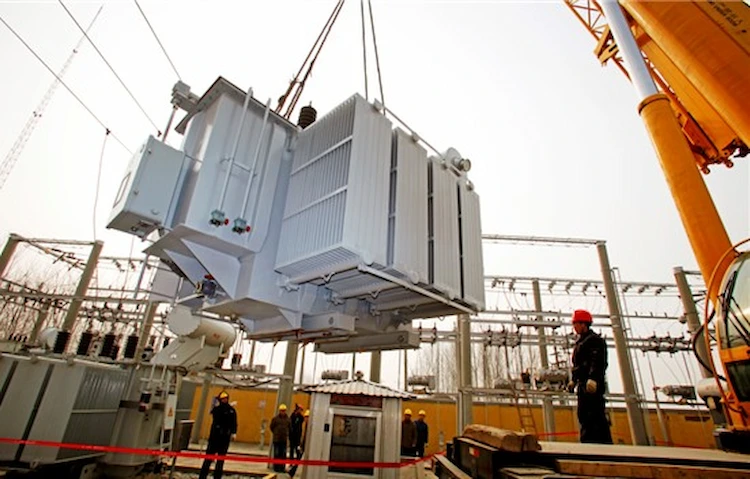
Relevant power distribution engineers and technicians conducted a comprehensive inspection of the on-load voltage regulation operating mechanism of 220kV power transformers on site
Appearance inspection measures of 220kV power transformer on-load voltage regulation operating mechanism box
The housing of the 220kV power transformer on-load voltage regulation operating mechanism is kept in a normal state, and the anti-rust primer has no scratches, paint peeling, and no rust.
The internal condition of the mechanism box is clean, and there is no water mark.
There is no sign of water leakage in the area where the transmission rod inside the mechanism box and the outside of the mechanism box cooperate with each other. The external sealing devices of the mechanism box are in normal working condition, and a small amount of water marks and signs of rust stains appear on the top of the front of the box.
According to the on-site inspection results of relevant power distribution engineering and technical personnel, the following analysis is made for the specific reasons for the failure of the 220kV power transformer on-load voltage regulation operating mechanism:
1) Because there is a certain amount of voltage difference in the contact device of the 220kV power transformer on-load voltage regulation operating mechanism, the relevant power distribution engineering and technical personnel judged that it is because the main contact of the AC contact device has a very serious oxidation and rust condition, which causes Poor contact of the contact device occurred. Therefore, the possibility of poor oxidative contact on the main contacts of the contact device can be ruled out.
2) The resistance values of the three-phase windings of the power transformer on-load voltage regulation operating mechanism are 92.25Ω, 92.38Ω, 92.45Ω, and are in a balanced state. Therefore, it is determined that there is no safety hazard such as short circuit and open circuit in the motor winding.
3) There is no sign of water accumulation inside the mechanism box of the on-load voltage regulation operating mechanism of the power transformer, but there is a slight sign of water leakage on the top of the mechanism box, which causes the motor rotating shaft to appear very severely rusted again, which makes the rotating shaft The chance of rusty death has increased significantly.
Based on the analysis of the above reasons, it is confirmed that the reason for the failure of the 220kV power transformer on-load voltage regulation operating mechanism is due to the very serious corrosion of the motor rotating shaft.
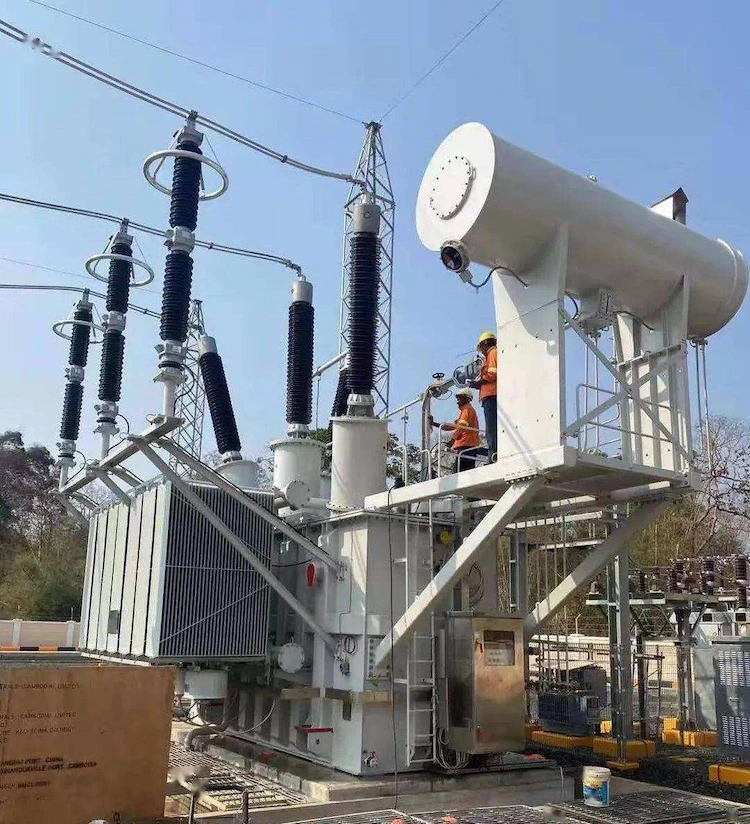
According to the analysis of the related fault causes, the relevant power distribution engineering and technical personnel loosened the motor’s drive belt on site, then disassembled the motor and tried to rotate the motor’s rotating shaft. They found that the motor’s rotating shaft could not be rotated, and further verified the previous analysis and research. The correctness of this fault is caused by the rust of the motor shaft.
The specific maintenance solution aims at dismantling the electric motor and then carrying out detailed maintenance.
After dismantling the electric motor, it was found that the rotating shaft of the electric motor had been very rusty.
Relevant power distribution engineers and technicians perform a comprehensive descaling treatment on the rotating shaft of the motor and replace the new type of bearing to install and rebuild.
The 220kV power transformer on-load tapping switch is in normal working condition, and related faults are completely eliminated.
To sum up, based on this 220kV power transformer on-load voltage regulation operating mechanism failure is the second occurrence of the same type of fault in the on-load voltage regulation mechanism of this transformer, the relevant power distribution engineering and technical personnel in order to minimize The probability that the same type of failure will occur again.
Based on the actual on-site inspection status and research results of the relevant tests, relevant suggestions are given as follows:
1) Strengthen the daily maintenance and maintenance of the 220kV power transformer on-load voltage regulation operating mechanism, the voltage regulation switch operating mechanism box, to ensure that the sealing performance of each sealing section inside the mechanism box is maintained well, and to avoid rainwater leakage. Keep the internal environment of the organization’s cabinet dry and tidy to the limit, especially during the rainy season, the relevant power distribution engineering and technical personnel must pay more attention to the moisture condensation inside the organization’s cabinet;
2) For institutional cabinets that have been working under very humid environmental conditions for a long time, relevant power distribution engineers and technicians can consider assembling dehumidification equipment to keep the internal environment of the institutional cabinet dry and minimize moisture condensation. Probability of occurrence
3) For the transformer voltage regulating switch that works very stable and the voltage regulating action is not very frequent, the relevant power distribution engineering and technical personnel can immediately rotate the motor installed in the mechanism box without affecting the safe and stable operation of the power supply network to reduce The time that the motor’s rotating shaft is maintained in the same area, with the help of the friction between various parts, minimizes the rate of corrosion of the motor’s rotating shaft.

Table of Contents Selecting the right pad-mounted transformer requires careful consideration of several critical factors, as these ground-mounted distribution transformers play a vital role

The primary function of the pad mounted transformer is to serve as a critical distribution transformer that steps down higher primary voltage from utility distribution

A pad mounted transformer operates through electromagnetic induction, serving as a crucial distribution component that converts high voltage electricity to lower, usable voltages for residential
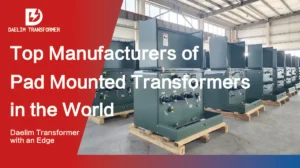
When looking for the best pad-mounted transformer manufacturer, it’s important to find industry leaders known for reliability and innovative solutions. Pad-mounted transformers are essential in


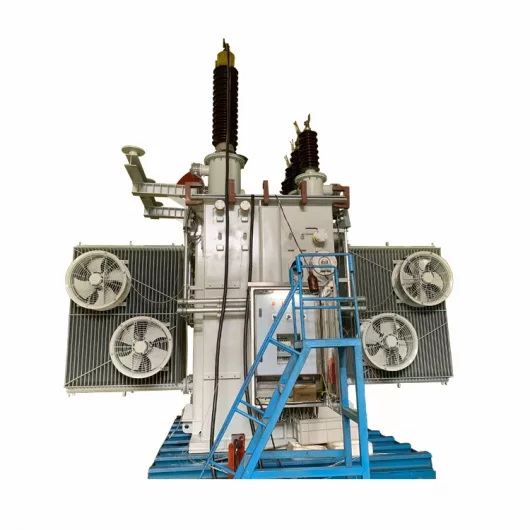
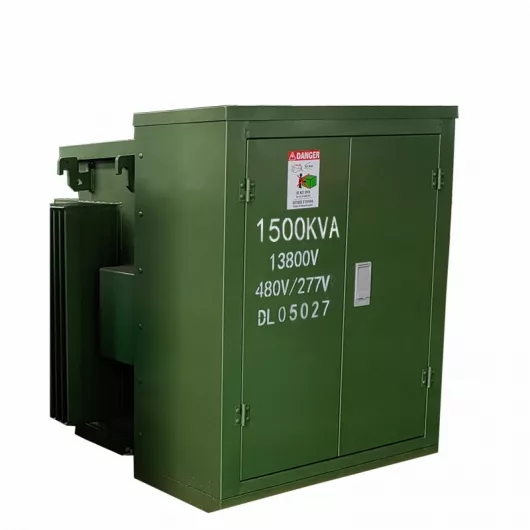
After filling in the contact information, you can download the PDF.